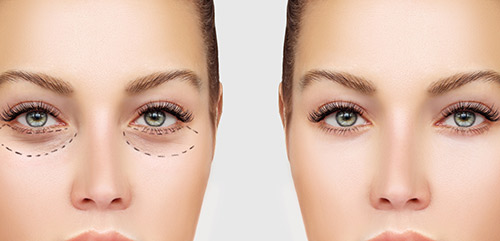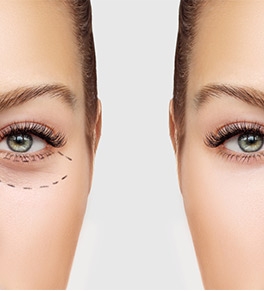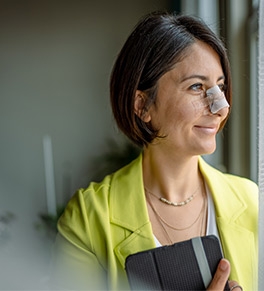
Blepharoplasty, or eyelid surgery, can improve the appearance of drooping or sagging eyelids while restoring a more youthful appearance. It’s a popular procedure.
During this plastic surgery, Dr. Cecil Yeung, a double-board certified facial and plastic surgeon at The Yeung Institute in Houston, Texas, can eliminate under-eye puffiness, drooping upper lids, and baggy lower lids. Not only does this improve the appearance of your eyes, but it also improves your vision if the excess skin blocked your peripheral vision.
Because of all of these benefits, there’s little surprise why this is a common procedure 一 one that’s often bundled with a facelift. But what can you expect following your eyelid surgery? Here’s a useful guide.
What to expect after blepharoplasty
As with any surgical procedure, it’s important to know what to expect before your surgery. This gives you ample time to prepare yourself mentally and to physically prepare your home for your recovery period. You can expect some downtime after plastic surgery, so it’s smart to have your home stocked with the essentials.
Immediately after surgery
Immediately following your surgery, it’s normal to feel tired and nauseous as the anesthesia wears off. Your upper and lower eyelids may feel sore and even a little tight.
Because you can’t blink normally after eyelid surgery, it’s common to experience dry eyes. Your eyes may also feel watery, sticky, itchy, and sensitive to light. Dry eyes can contribute to blurry vision, but this concern is just temporary.
Dr. Yeung provides specific post-op instructions to help with pain, discomfort, and dry eyes. You may also receive prescriptions for medicines to help with pain.
You can expect to spend the rest of the day resting at home. Getting enough sleep can help support your recovery. In fact, not getting enough sleep can intensify postoperative pain.
A few days after surgery
Because your eyes may feel tired following blepharoplasty, you may not feel like reading or watching TV much as you recover. Instead, stock up on your favorite audiobooks to listen to as you recover at home.
During your first few days after surgery, it’s important to continue to follow all of Dr. Yeung’s instructions. This includes:
- Keeping your eyelids clean and dry
- Refraining from rubbing your eyes
- Caring for your stitches
- Sleeping with your head elevated, to help with drainage and swelling
- Avoiding wearing contact lenses until cleared to do so
- Avoiding strenuous activities until cleared to do so
Bruising and swelling are both normal after blepharoplasty and can last anywhere from 1-3 weeks. Although this can be concerning, know that they’re a part of the normal healing process.
Pain medication and applying cooling eye gels can help reduce discomfort. The appearance of your eyelids continues to improve over the next 1 to 3 months.
A few weeks after surgery
Most people feel ready to return to work about 10-14 days after blepharoplasty, although this can depend on your specific job and how you feel about any lingering bruises or swelling.
Studies show that most people who experienced postoperative dry eye disease see a resolution of these symptoms by the eighth post-op week.
Turn back the hands of time with blepharoplasty
Although the healing process isn’t quick, the results of blepharoplasty are long-lasting. By removing excess skin around your eyes, you can feel confident in your appearance and feel more youthful. This can boost your self-esteem for years to come 一 and that’s one of the best things to expect after your blepharoplasty!
When combined with other procedures, such as a facelift, you can truly customize your results for the look you want. To learn more about blepharoplasty or other facial plastic surgeries we offer, schedule a consultation at The Yeung Institute today. You can also reach our office at 713-795-4885.









